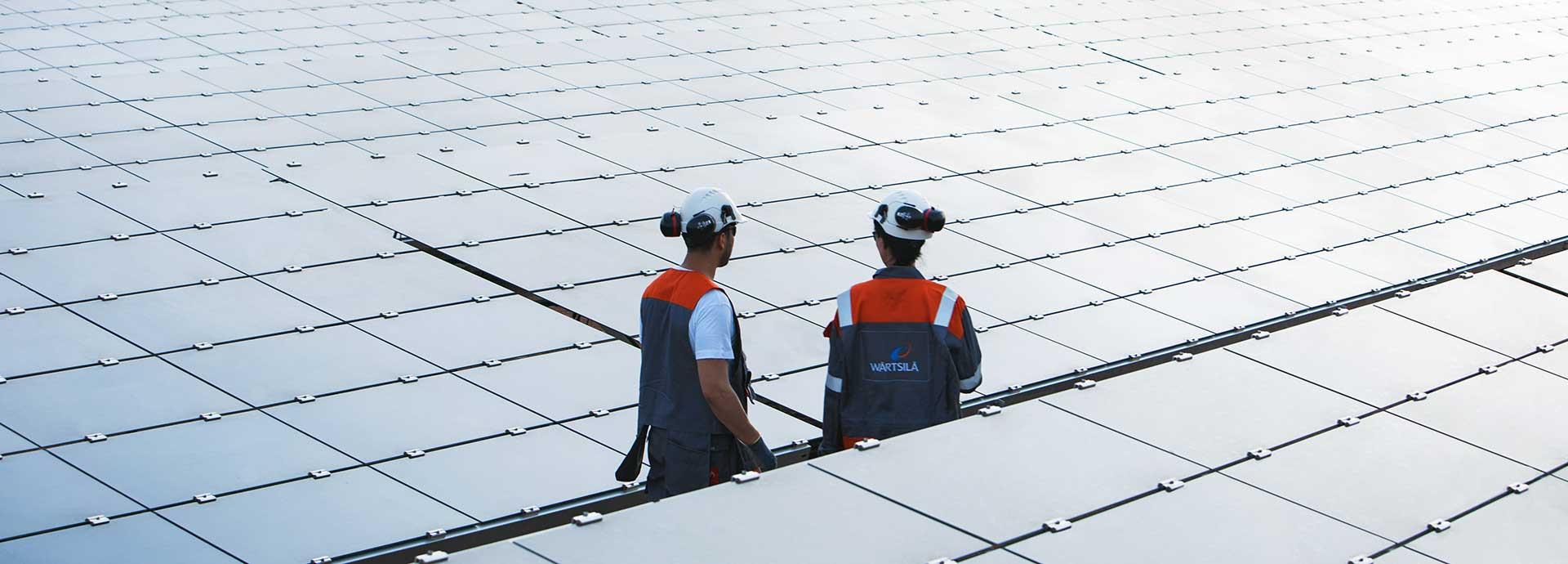

The renewables sector has been dependent on mining, as metals are at the core of all installations and storage. While the growing demand for clean energy is pushing for more mining, miners themselves have begun investing in renewables. So where is the metals market headed hereon?
Clean energy investments around the world have been growing at more than USD 300 billion annually since the past five years.
McKinsey’s Global Energy Perspective 2019 predicts that by 2035, renewable energy generation will account for 50% of the world’s total generation. That, in turn, is expected to substantially increase the demand for several metals like copper, aluminium, bauxite, iron, lead, graphite, tin, nickel and zinc which are used to produce renewable energy.
To get an idea of how much metal is required for the renewables sector, consider this: a single 150-metre 3MW wind turbine requires 4.7 tonnes of copper, 335 tonnes of steel, 3 tonnes of aluminium and 2 tonnes of rare earth metal along with Zinc and Molybdenum (Source: World Bank). Similarly, though silver makes up for a minute portion of a PV cell, solar accounts for seven percent of the global silver demand.
A report by the Visual Capitalist notes that the rapid emergence of the world’s renewable energy sector is helping set the stage for a commodity boom.
“While oil has traditionally been the most interesting commodity to investors
in the past, the green energy sector is reliant on the unique electrical and physical properties of many different metals to work optimally. To build more renewable capacity and to store that energy efficiently, we will need to increase the available
supply for these specific raw materials, or face higher costs for each material,” it states.
The mining industry’s balancing act
Hannu Jeronen, Senior Manager, Industrial, Energy Business, Wärtsilä says, “Due to the global energy transition the mining industry can be seen in a completely new light - the mining industry becomes the enabler of the energy transition, and will play a key role in the future of our planet.”
The International Renewable Energy Agency’s (IRENA) report A new world: The Geopolitics of Energy Transformation highlights a similar point. It states that the regions that possess substantial reserves of the minerals, mentioned above, should benefit from the energy transformation. For instance, Latin America has huge reserves of copper, iron ore, silver, lithium, aluminium, nickel, manganese, and zinc. While Africa is rich in platinum, manganese, bauxite, and chromium, in the Asia-Pacific region, China has metal reserves; India has iron ore, steel and titanium; Indonesia, Malaysia and the Philippines possess bauxite and nickel; and New Caledonia has enormous reserves of nickel.”
However, Jeronen points out that with this role comes great responsibility. “The energy transition will have to be done in a sustainable manner, bearing in mind that the mining industry is bearing a major part of the world’s energy (11%) consumption,” he explains.
Tricky terrain
Jeronen is right. Many countries rich in metals and minerals have old mines with depleting reserves and lower ore grades. As they dig deeper, power usage for extraction is increasing and so are costs. As a result, miners are setting up new sites in remote locations that have no infrastructure and are not connected to power grids. The newer mines have to meet dual objectives of having captive power generation along with meeting sustainability targets. This is where renewables can play a big role.
“It can be already seen that stockpiles of various metals are deplenishing (like tin, lead, aluminium). At the same time, the time required for exploiting new reserves is increasing. This leads to a situation where the production of metals will not be able to keep up with the increasing demand,” predicts Jeronen.
“Such conditions will emphasise the importance of mine planning that takes into consideration the sustainability aspects of the mining operations. Renewable energy will have a major role in this equation by providing clean and cheap energy, jobs and welfare, and often a prerequisite for funding, permitting, and social acceptance,” he explains.
The Rocky Mountain Institute’s Renewable Resources at Mines tracker, supplies sourced data on renewable energy projects sited at mines, estimates that there are 57 mines across 21 countries with a total installed RE capacity of 1178 MW. 41 of these sites have been commissioned and five sites include storage too. There have also been announcements of the world’s first mine, Zaldívar copper mine using 100% RE and the first all-electric mine.
Flexibility first!
According to McKinsey, “as the role of intermittent resources in total generation increases, power systems will see strong growth in balancing needs, particularly when solar and wind generation combined reach a share beyond 30%.”
Jeronen elaborates, “Hybrid installations with combinations of gas or diesel generation, solar, wind and ESS will enable maximisation of the renewables utilisation ratio when integrated with a proper energy management system.”
“Deployment of renewable energy will also set new priorities in the mining processes whereas mines are increasingly focusing on optimising the demand response of the mine. This means that the power-intensive processes are optimised, prioritised and scheduled for the time period when cheap power is available from the renewable sources,” he explains.
According to rating agency Fitch, “Renewable energy will play an increasingly important role in powering mining operations worldwide over the coming years. The reduction of renewable power costs and the prospect of more reliable power supply will be the key drivers of the shift away from traditional fuel sources to renewables among miners, ahead of ESG concerns.”
But reliability can only come with being more flexible. Therefore, going forward, smart and flexible power generation will be the driving force for sustainable mining.


